| Home | ||||
| The Eurasian Dynasty | United Civilised States | Lunar Corporation | The Game | Other |
| Strategies | Strategies | Strategies | Maps | Email Me |
| Buildings | Buildings | Buildings | Scripts | Links |
| Units | Units | Units | Files | Screenshots |
| Weapons | Weapons | Weapons | Info | Cheats |
| Walkthrough | Walkthrough | Walkthrough | ||
|
|
||||

ED Units
|
Picture (click for specifications) |
Description |
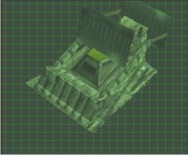 |
Gruz: This is a heavy construction vehicle equipped with front-mounted excavation buckets. It's used for constructing buildings, digging ditches and tunnels and levelling ground. A rear-mounted construction module contains most needed components to construct important structures. |
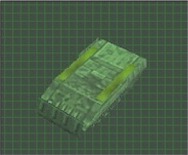 |
TT 120 Pamir: The TT model was developed from the American Abrams M2 tank. To adapt the design to 22nd century demands, the scientists modified its equipment so that one man can operate it. The steering stand is situated inside the chassis right beneath the turret, giving the operator better protection. |
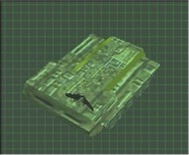 |
ZK Taiga: This is a heavy-transportation vehicle used originally for cutting trees in the Taiga forests. Low speed and a huge resistance level are its plus points, but being a civilian vehicle, it has a woeful lack of armour. The ZK Taiga is currently assigned to hauling containers between mines and refineries. |
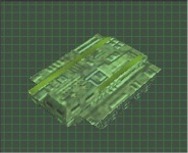 |
ZT 102 Siberia: The Siberia model was designed during adaptation of the ZK series for military purposes. The Siberia is armoured, but, unlike the ZK Taiga, is also fast and light. The reduction in weight was possible because the ZT 100 Siberia was not intended to be used as a transportation unit. |
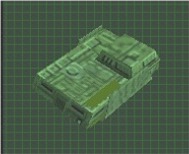 |
HT 900 Ural: This is the heaviest vehicle used by the ED Army. Unlike the HT 400, it can be coupled to two independently operating large-calibre cannons. Despite its low speed it is used as the main offensive force when faced with heavy enemy defences. |
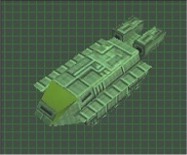 |
Minelayer: After war broke out in 2140, construction began on a vehicle that would be able to mine large areas in a short time. This led to the development of the Minelayer. During the development process, however, the scientists luckily stumbled across a design for a laser mine detector, which they immediately incorporated into the Miners. |
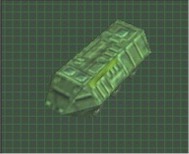 |
TK 111 Caspian: The ED Army needed an amphibian vehicle capable of operating in swamps and flooded areas. So they developed the TK101 from an armored infantry transporter. The transport bed was replaced with a highly efficient generator, giving it more than enough energy to power any special add-ons. |
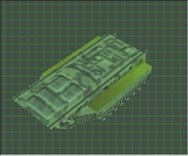 |
TL 80 Volga: When the scientists at the Kurtchatov Research Centre started work on an amphibian tank, the first thing they did was reduce the armour, so they could float. The TL 70 model is the result of these experiments, which in fact were half-way successful. The TL 70 can operate in water but is very slow and cumbersome. |
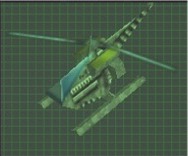 |
MI 107 Cossack: This small helicopter, equipped with machine guns, is perfectly suited for reconnaissance operations. With its tremendous speed and manoeuvrability, it can easily dodge enemy rockets, while its special ammunition helps it destroy light enemy units. |
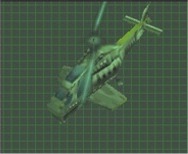 |
MI 150 Grozny: Due to the heavy losses incurred by the MI 106 Cossack models during the early part of the war, ED scientists were forced to develop a new type of helicopter that would be strong enough to stand a direct hit with a surface-to-air missile. The needed breakthrough was reached when the scientists developed a new composite armor. |
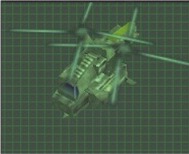 |
MI 210 Khan: In 2147, demand for a stealth unit that could catch enemy units unawares prompted scientific research into a heavy bombing helicopter, the Khan. Able to fly at low altitudes and avoid radar detection, the Khan can carry up to 6 tons. The Khan has no armour at all, so it's defenceless against anti-aircraft attacks. |
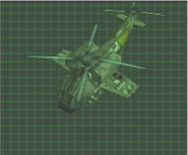 |
MI 310 Thor: The MI 300 is a heavily armoured helicopter used to carry out air raids. Although similar in design to the Khan, its lifting capacity is significantly reduced because of its heavy armour plating. It can break through anti-aircraft defences and release bombs precisely over enemy bases - something the MI 200 model cannot do. |